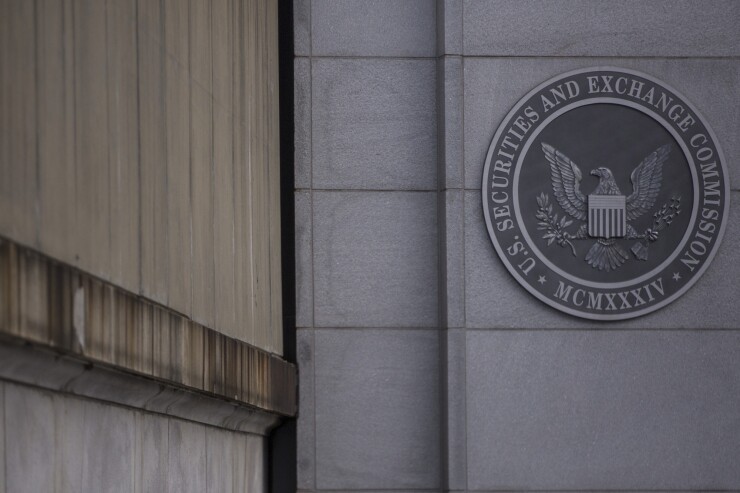There is much to be said for the fiduciary standard of care for investors, meaning that those in the business of selling investment advice and services put the interests of their customers first. It makes perfect sense that the people who buy financial services want a level of care closer to what a lawyer provides than a used-car salesman.
There now are two different standards of care for investors. RIAs, or buy-side asset managers, must meet the fiduciary standard mentioned above.
The other standard applies to brokers, or the sell side, and is known as suitability. It was created by the industry’s self-regulating organization, FINRA. We can go into a lot of detail about what the suitability standard actually is, but the real problem with it is that it doesn't address broker conflicts.

The
-
The regulator disclosed a transformative rule change, sparking outrage among fiduciary advocates and some advisors.
June 12 -
But the new rules may be a boon for some fintech firms.
June 12 -
Concerns arose when the SEC first proposed its package of regulations. Instead of addressing these worries, the agency just codified them.
June 5 -
A group of 11 trade associations plan to ask the state’s securities regulator to reconsider its conduct proposal in light of action by the SEC last week.
June 14
But maybe we don’t give investors enough credit; they seem to be figuring out on their own that much of the investment industry in no way has their best interests in mind. This may be one reason so many people have been
Why is this happening now? Passive index investing has been around for almost five decades, but has become wildly popular in the past decade or so. Could it be that investors started making a connection between the accounting scandals of the late 1990s, the analyst scandals of the early 2000s, then the initial public offering spinning scandal, the mutual-fund timing scandals, the Bernie Madoff Ponzi scheme and, of course, the subprime scandal and the financial crisis?
It might be a stretch to say that any of these were caused by active stock picking. But then is the shift in money to passive strictly coincidental? My thesis is that the investors who dealt with fiduciaries suffered much less from these events and some of the investing public began to notice that.
Clients seem to be figuring out on their own that much of the investment industry in no way has their best interests in mind.
If this theory is true, it might explain why the brokerage industry was so intent on pushing through these rule changes. I suspect this is all about marketing and image management for the brokerage side, and not about what level of care those who sell financial services owe to investors.
Here's how I see it.
Consider the name alone, Regulation Best Interest, or Reg BI. If you were crafting a name to be confusing and misleading, to muddy the water vis-a-vis the fiduciary standard, this would be it. And yet, the rules are neither a formal regulation — a reminder, it's an industry-drafted guideline — nor does it require doing what's in the client's best interest.
In a way, what's surprising is that this is happening now. Normally, when a self-regulating industry pushes through a new set of rules, it's because it's trying to head off a more restrictive set of rules mandated by government. That wasn't an issue here on the federal level. Under President Trump, the industry faces an environment of eased regulation compared with the prior administration.
That may not be the case, however, on the state level. The regulatory rollback has led
The brokerage industry, inevitably, is going after these state rules. This tells you all you need to know: Reg BI is less about investor protection than it is about protecting industry profits.
Investor advocates have long wanted one set of rules to apply to both advisors and brokers — that anyone handling money put investors' interests first, with no ifs, ands, or buts. This new rule offers some window dressing, but it does nothing to move in that direction.





